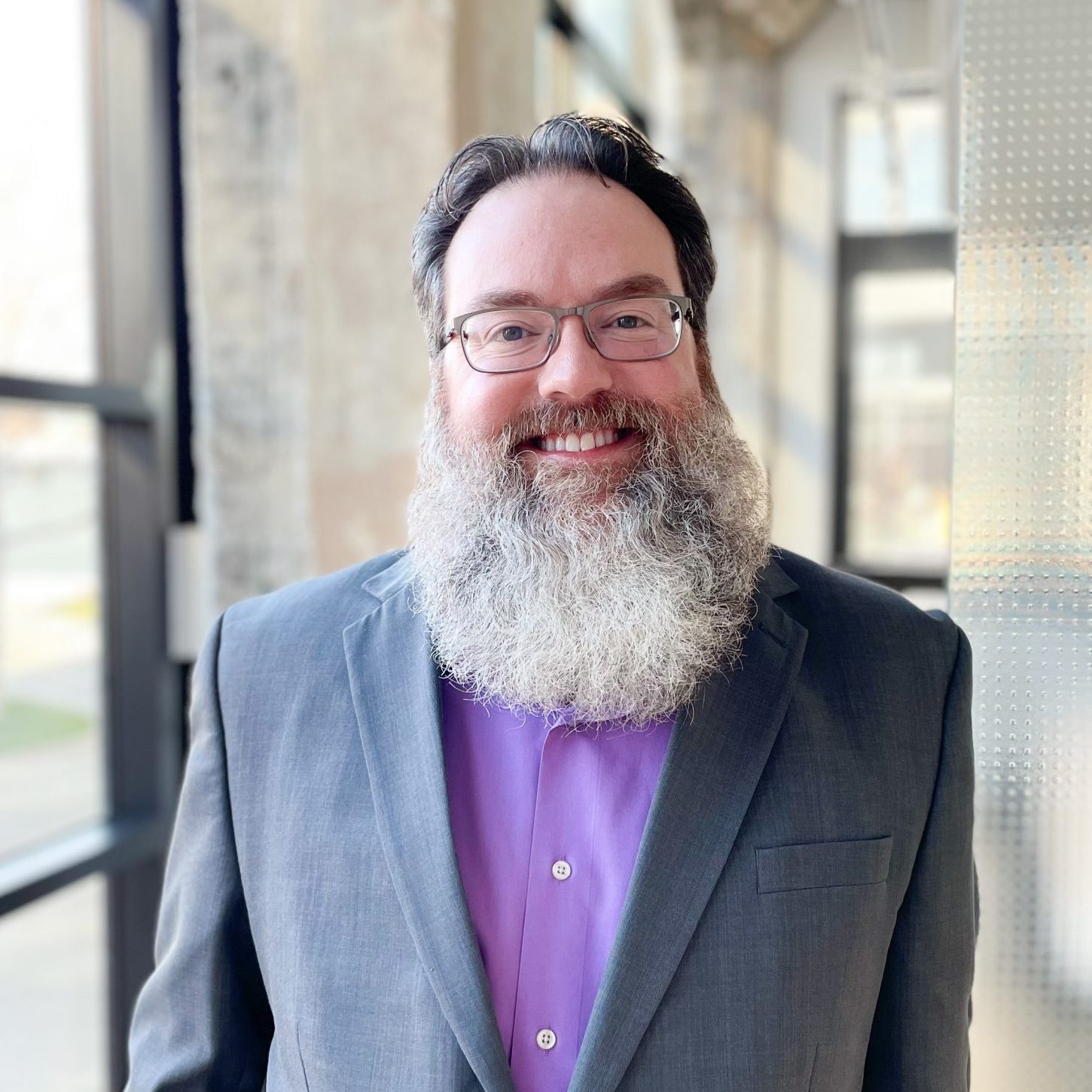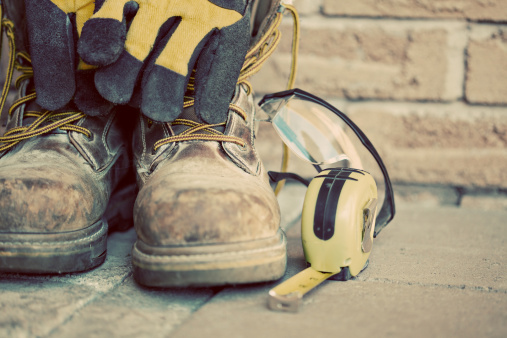
Daniel McClain, PE, SE
Principal
Daniel received his Bachelor of Science in Civil Engineering degree from Oklahoma State University and is a licensed Professional and Structural Engineer in Oklahoma. Daniel’s…
View Profile
PPE – Personal Protective Equipment. These small items are there to protect you, typically from making some careless decisions. I, unfortunately, have gone through more than my fair share of hard hats from not looking where I was going on a scissor lift while going up!
Recently I have been regularly going into industrial/manufacturing plants which present a different environment than some of us are used to.
As a structural engineer, we are used to the typical construction site and the PPE required for that. Hard hats, steel toes, eye protection. However, each plant is unique in what they produce and what they feel is required for safety of their employees and their product. And one thing to remember is when you are in their facility, you are treated as one of their employees and fall under their safety requirements.
I have been in some facilities that required nothing (but thankfully took my gear) and I have been in some that require full body suits, hair nets and air masks in addition to our standard PPE. And yes, it is hard enough to go climbing around on ladders and lifts, but throw in a body suit and air masks and this presents entirely new challenge on getting around in the roof of the structure. Another plant I was in had an ambient operating temperature of over 110 degrees.
I have had to watch 2-hour safety movies with follow-up tests before entering the facility. One plant had a no camera policy (which is becoming more common) that I did not know about until I got there. It took 3 hours to get a signed release form as a camera is probably the most important piece of equipment I use. Another plant had a no flash policy because the camera flash would shut down their equipment. You learn pretty quick how to get creative with your flashlight.
So my best advice is this: Ask lots of questions up front to know what is required by the plant. What are their safety policies and procedures and what do they require for minimum PPE? Are there any company policies that would prevent you from taking standard equipment (lasers, cameras, etc.)? Is there a safety program you need to take/watch that would affect what time you should arrive? Educate yourself on what they produce and the hazardous materials you might be exposed to.
I end on this note – I remember going into a facility several years ago that had a lot of fluid on the ground. I didn’t think much of it at the time. But coming out to my garage a few months later I go to grab my steel toes and whoa!! The soles had melted in the box in the garage. Knowing I had acid resistant soles on my boots, this made me start to wonder what I had stepped in and why was that on the floor of their plant. From then on I learned … watch where you step and always have your PPE.

Are you passionate about the AEC industry? Do you want to use your talents with a group of the greatest engineers, landscape architects, technicians and support personnel in the industry? You've found the right place. Wallace is unique in the way we strive to make lives better for our clients, communities and employees. And we believe we have more fun doing our job than just about anyone else! The art of possibility. Discover it at Wallace.
Learn More
There are no comments.